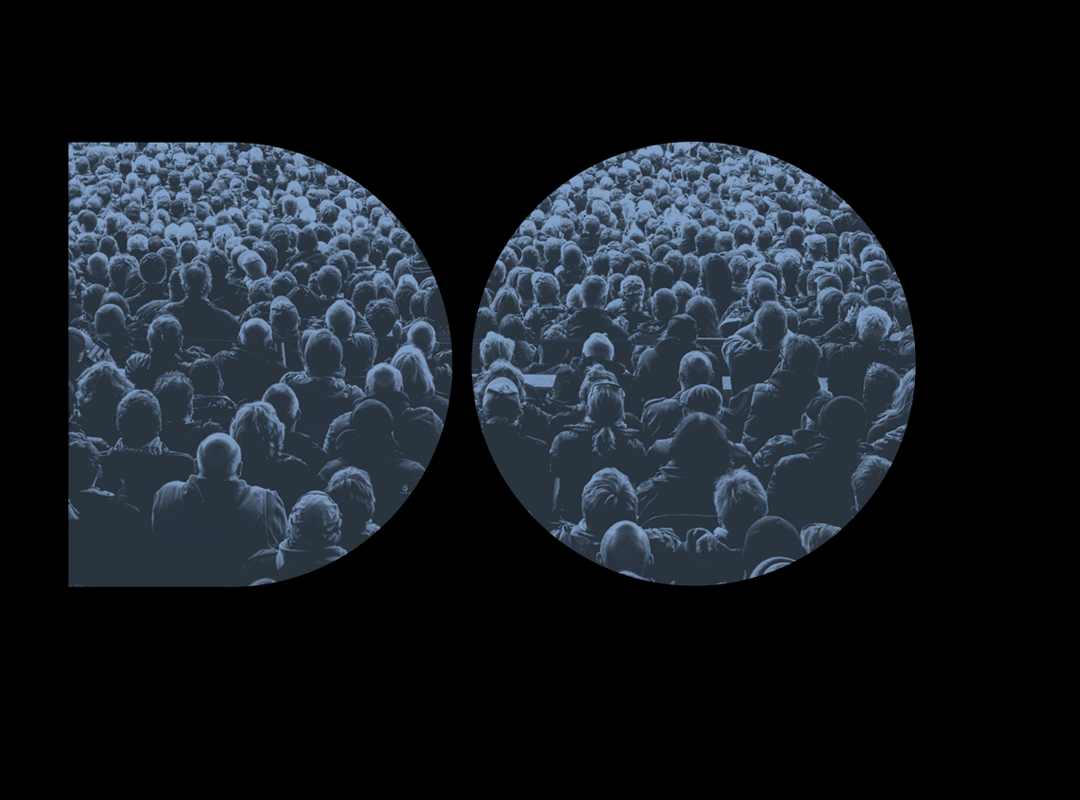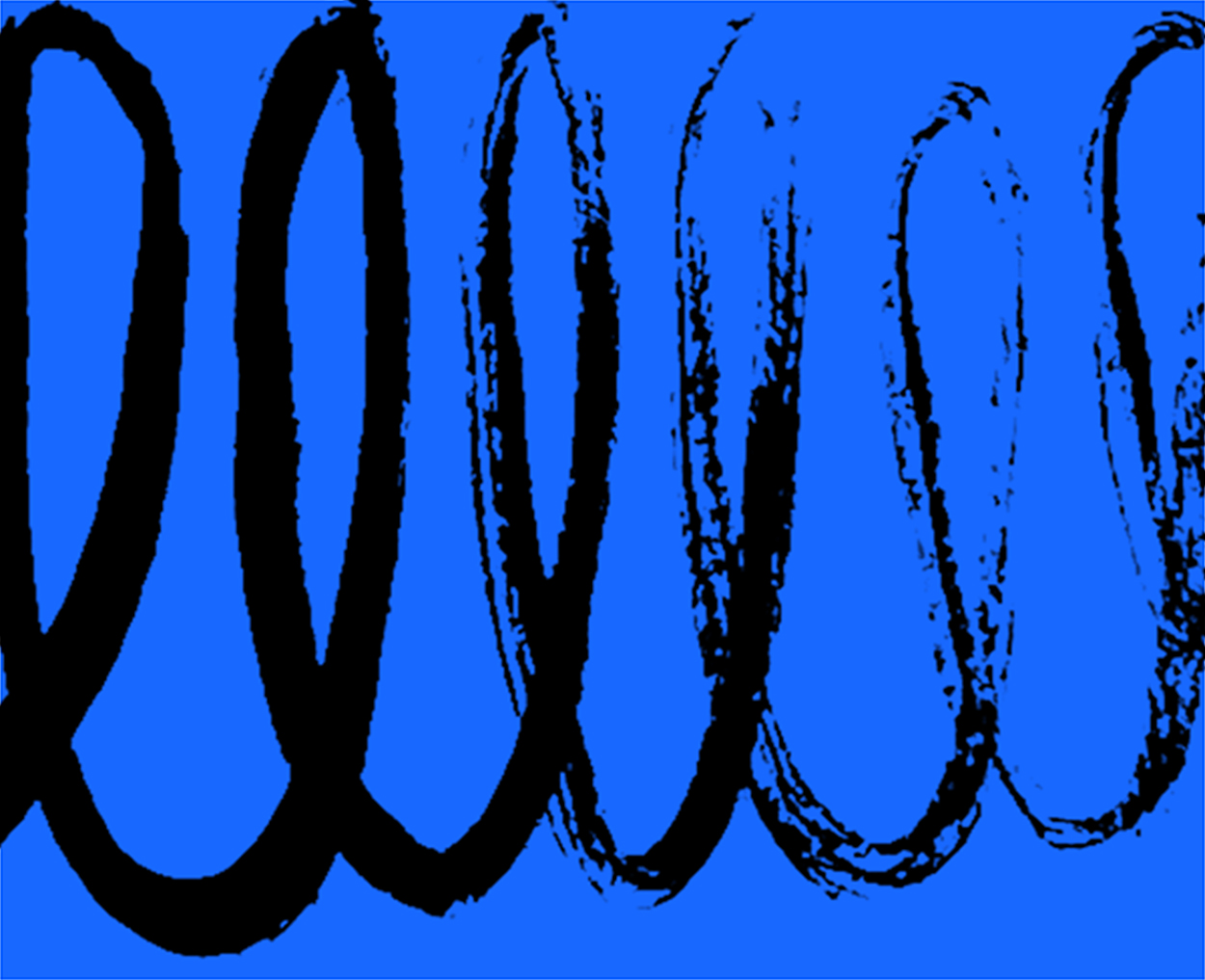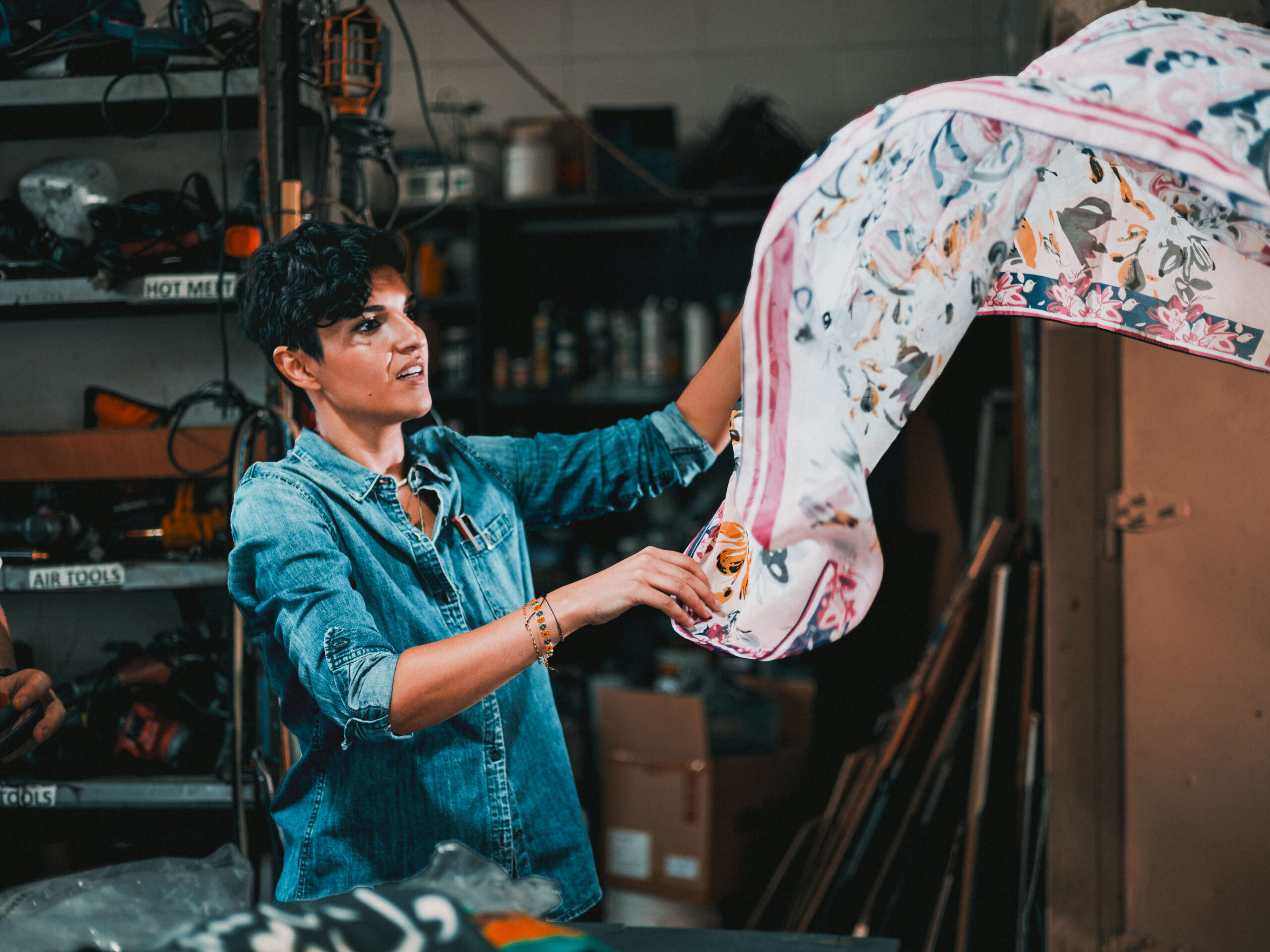
January 8, 2009
Le Corbusier: Tres Grand
“Just how much personal history do we require to truly understand an artist’s body of work?” That’s the question that launched my review of Nicholas Fox Weber’s biography of the architect Le Corbusier, which appears in the latest issue of Print. The more we get to know an artist, the better we appreciate their work. That Caravaggio and Rembrandt, Van Gogh and Pollock were famously tortured souls only makes their work more powerful, or at least emotionally engaging, for modern audiences. Architecture, a craft as much as an art, is a bit it is at once more abstract and less transparent.
To paraphrase my review, you don’t need to know the details of Le Corbusier’s relationship with his mother to appreciate the radical nature of the Villa Savoye, nor can you easily detect the contours of that relationship in the villa’s white-washed planes. Le Corbusier went to great lengths to shield the public from his private self, and it was a good thing too, for he was no angel. I can’t help but compare him to Peter Paul Rubens, the enigmatic subject of my own biography. Their personalities could hardly have been more different–Rubens was beloved by just about everyone who knew him, and dedicated much of his life to public service. Although knowledge of his personal biography is not essential to those who would understand his work, it is virtually impossible to fully grasp it without a grounding in the political and historical moment in which it was created. I think this is why we find the brooding Rembrandt to be so much more popular today than Rubens. In their own time, it was a different story.
Observed
View all
Observed
By Mark Lamster
Related Posts

Business
Courtney L. McCluney, PhD|Essays
Rest as reparations: reimagining how we invest in Black women entrepreneurs

Design Impact
Seher Anand|Essays
Food branding without borders: chai, culture, and the politics of packaging

Graphic Design
Sarah Gephart|Essays
A new alphabet for a shared lived experience

Arts + Culture
Nila Rezaei|Essays
“Dear mother, I made us a seat”: a Mother’s Day tribute to the women of Iran
Recent Posts
Minefields and maternity leave: why I fight a system that shuts out women and caregivers Candace Parker & Michael C. Bush on Purpose, Leadership and Meeting the MomentCourtney L. McCluney, PhD|Essays
Rest as reparations: reimagining how we invest in Black women entrepreneurs Food branding without borders: chai, culture, and the politics of packagingRelated Posts

Business
Courtney L. McCluney, PhD|Essays
Rest as reparations: reimagining how we invest in Black women entrepreneurs

Design Impact
Seher Anand|Essays
Food branding without borders: chai, culture, and the politics of packaging

Graphic Design
Sarah Gephart|Essays
A new alphabet for a shared lived experience

Arts + Culture
Nila Rezaei|Essays
